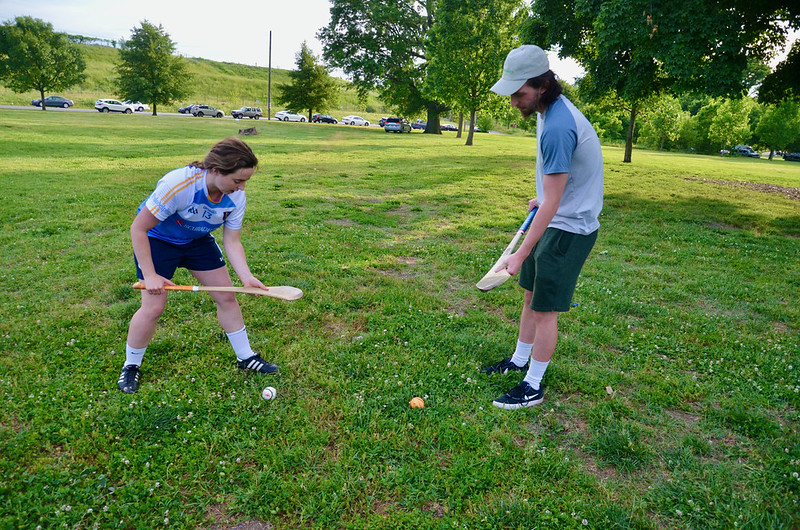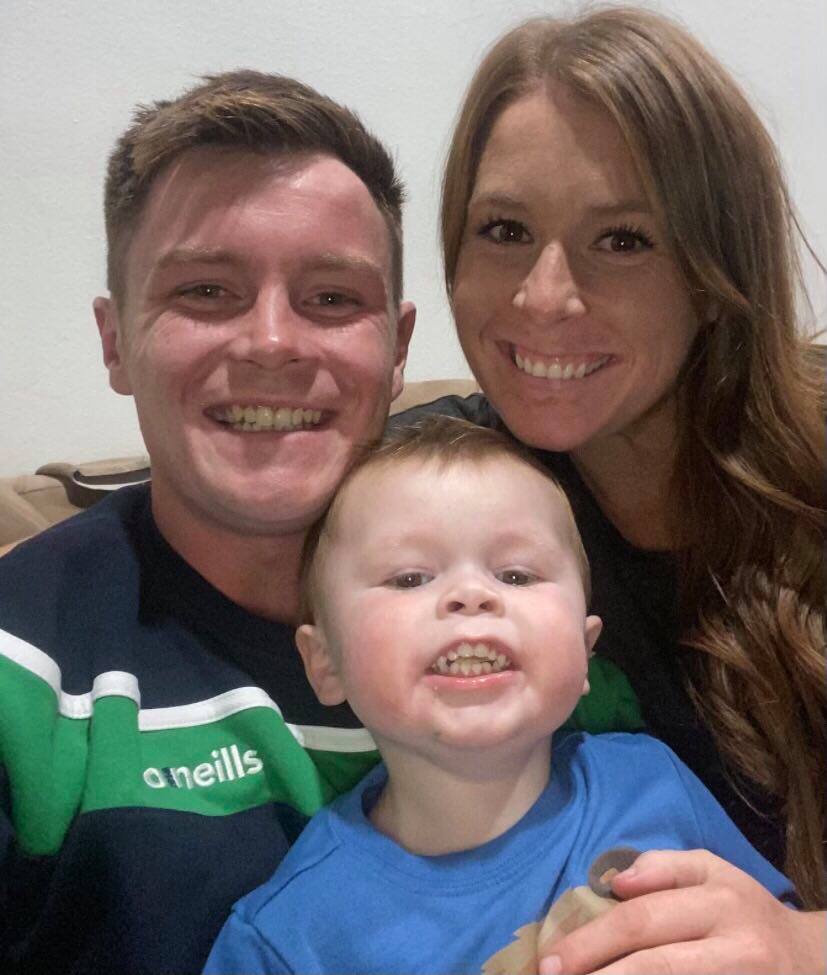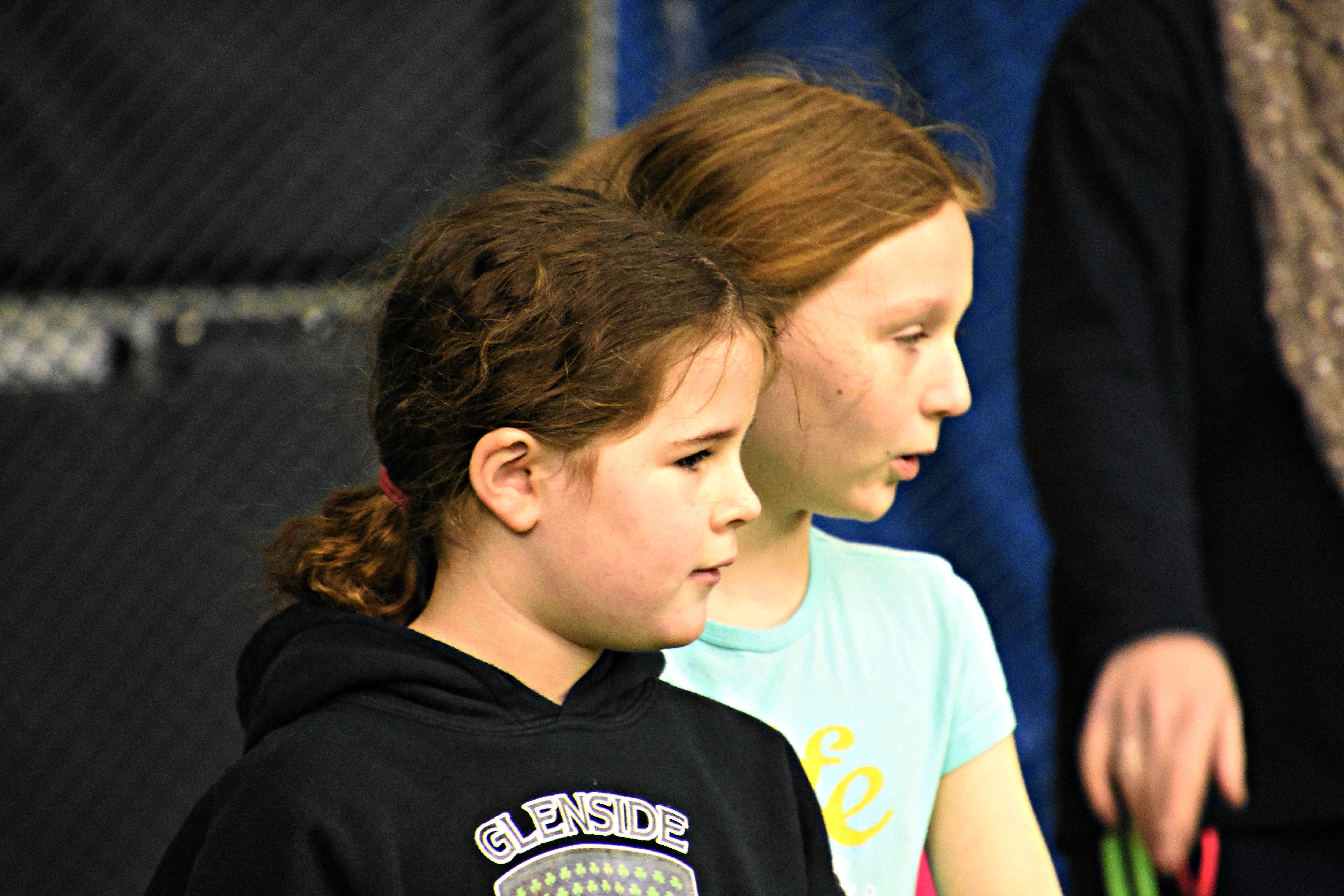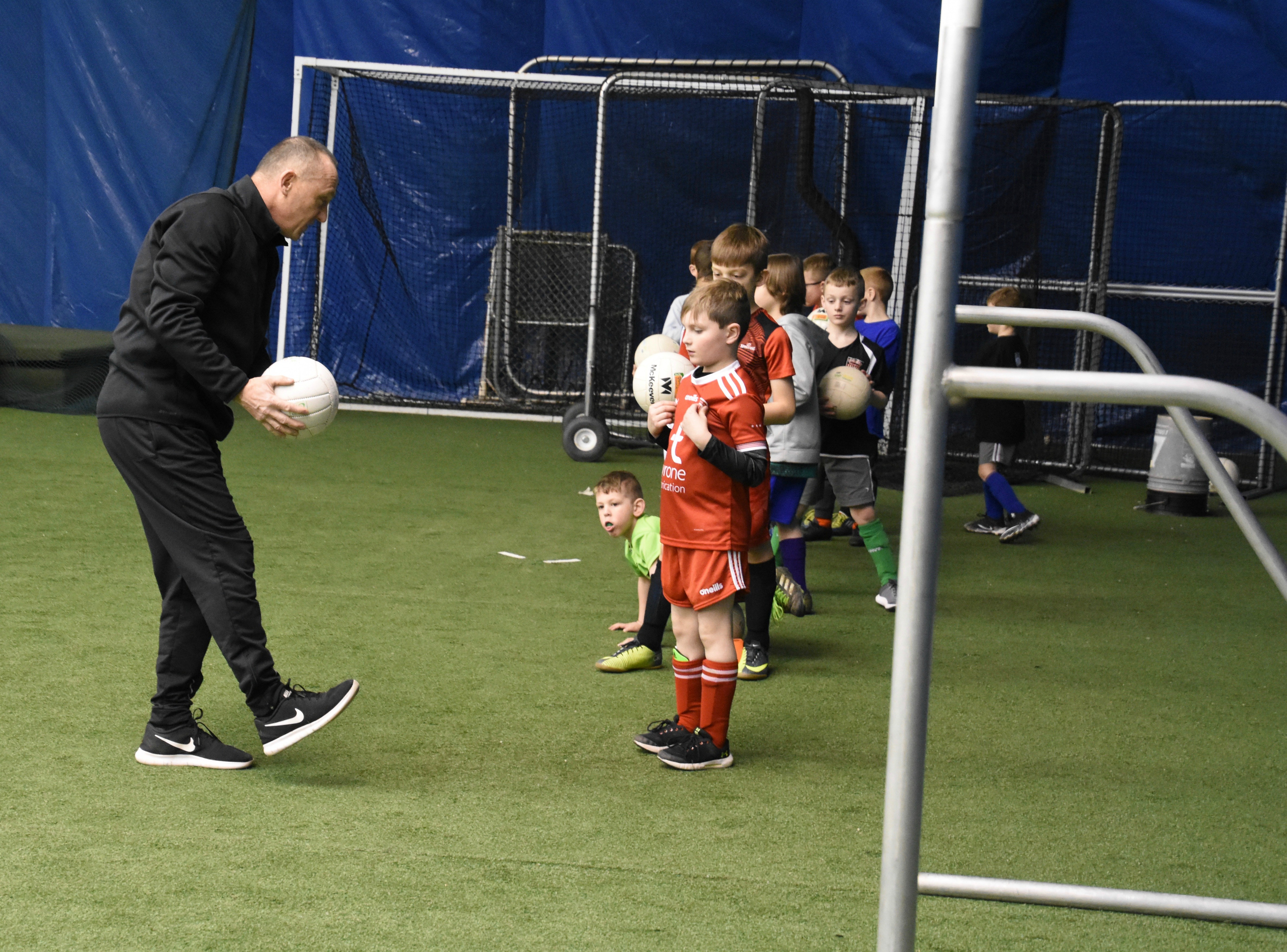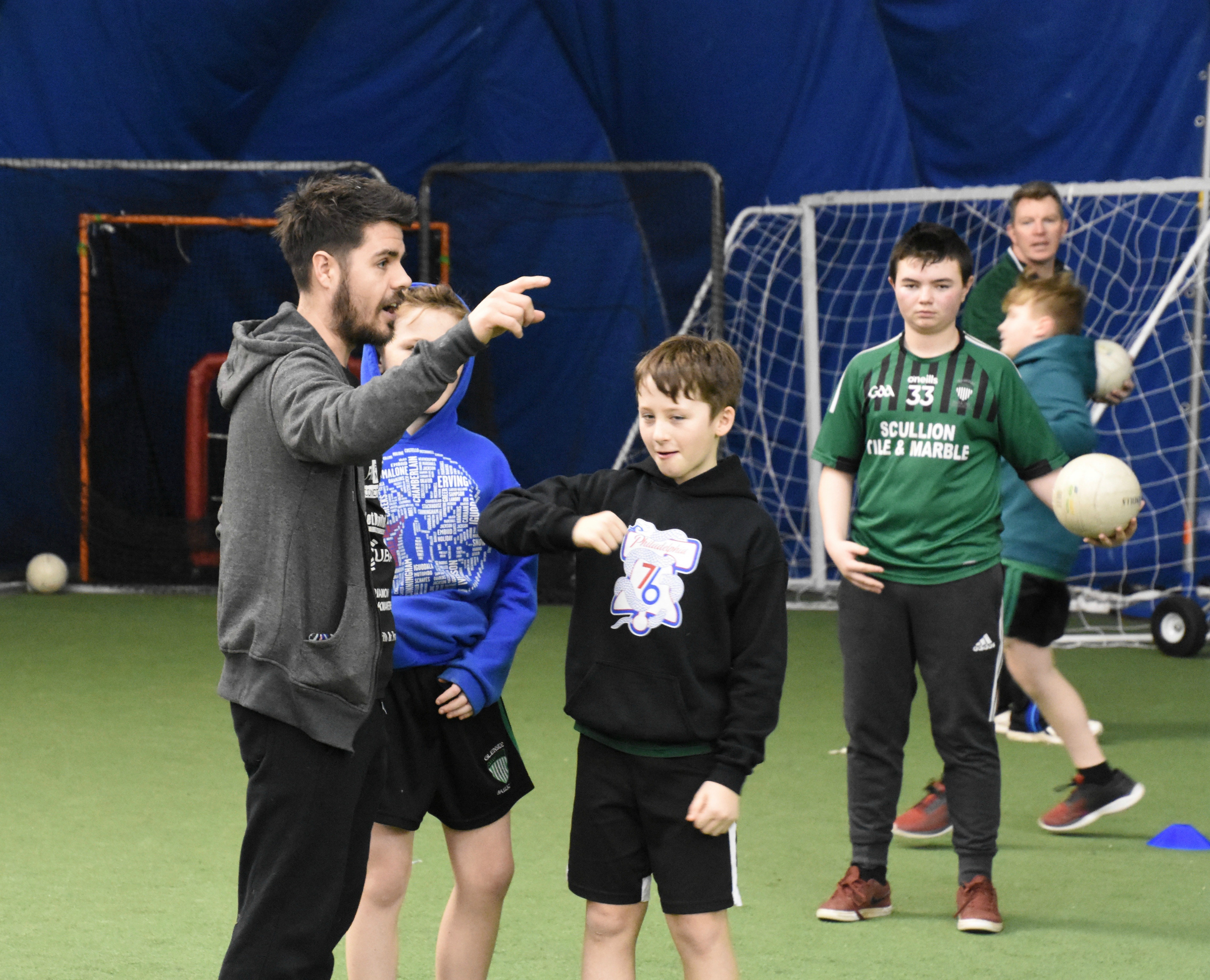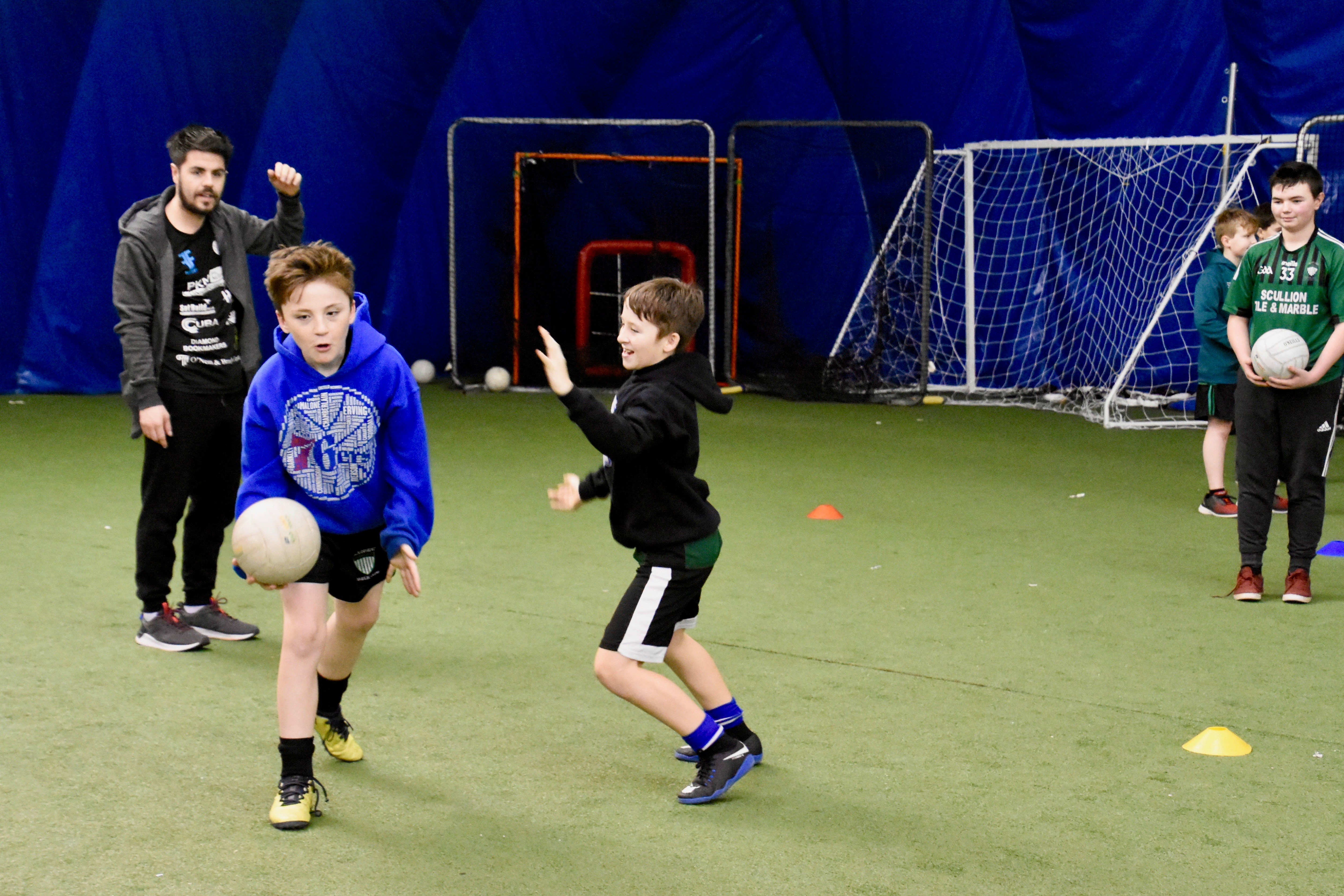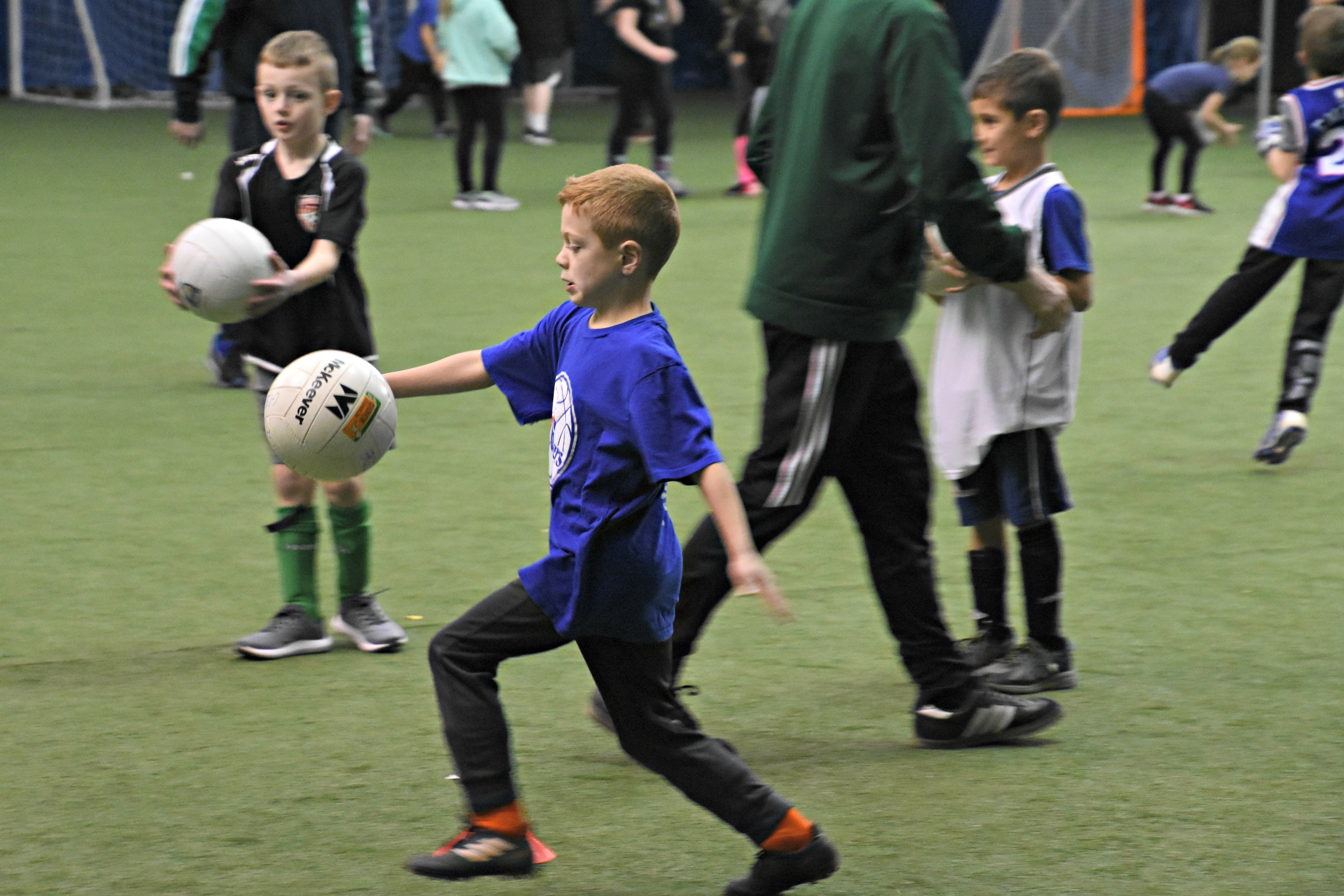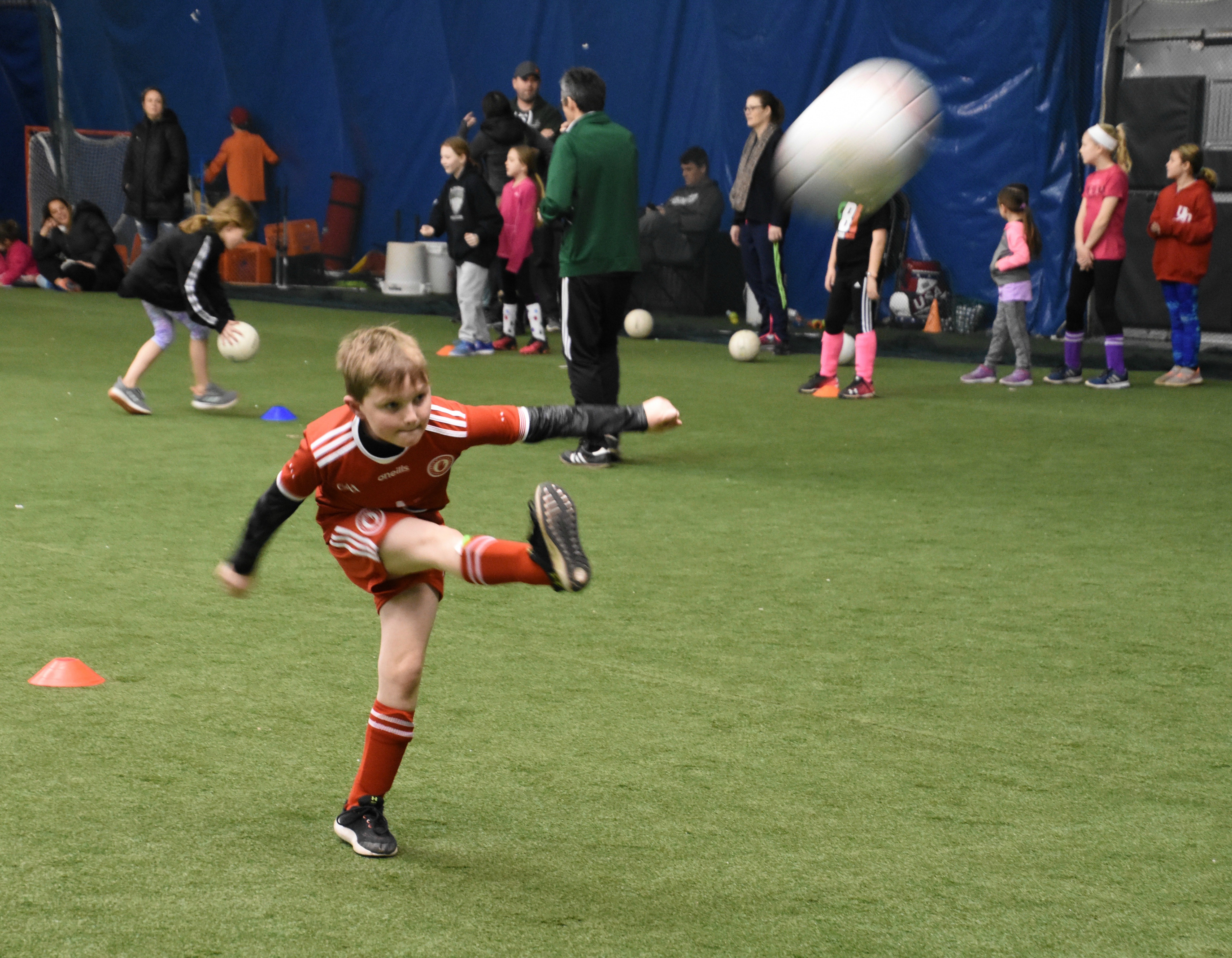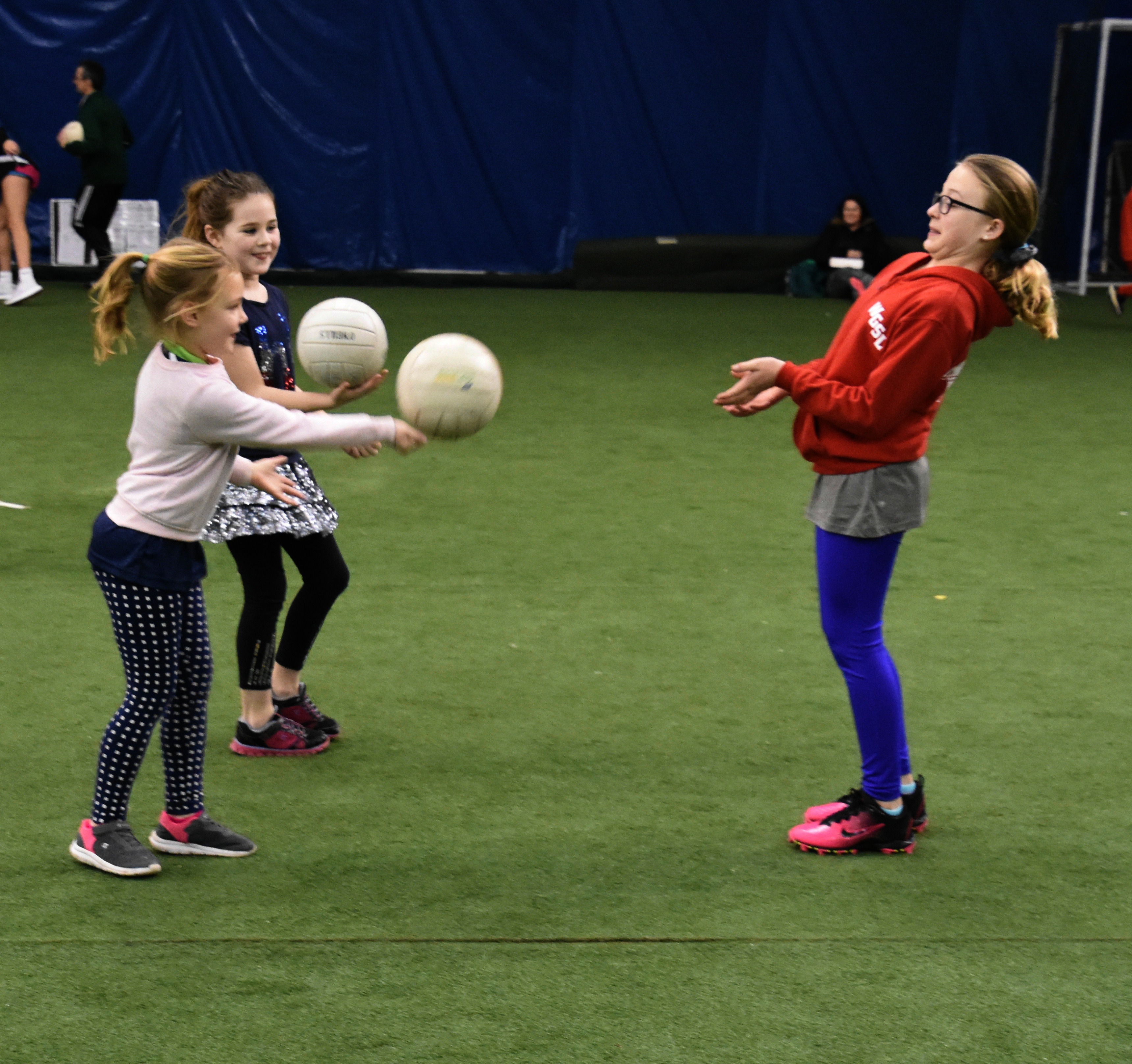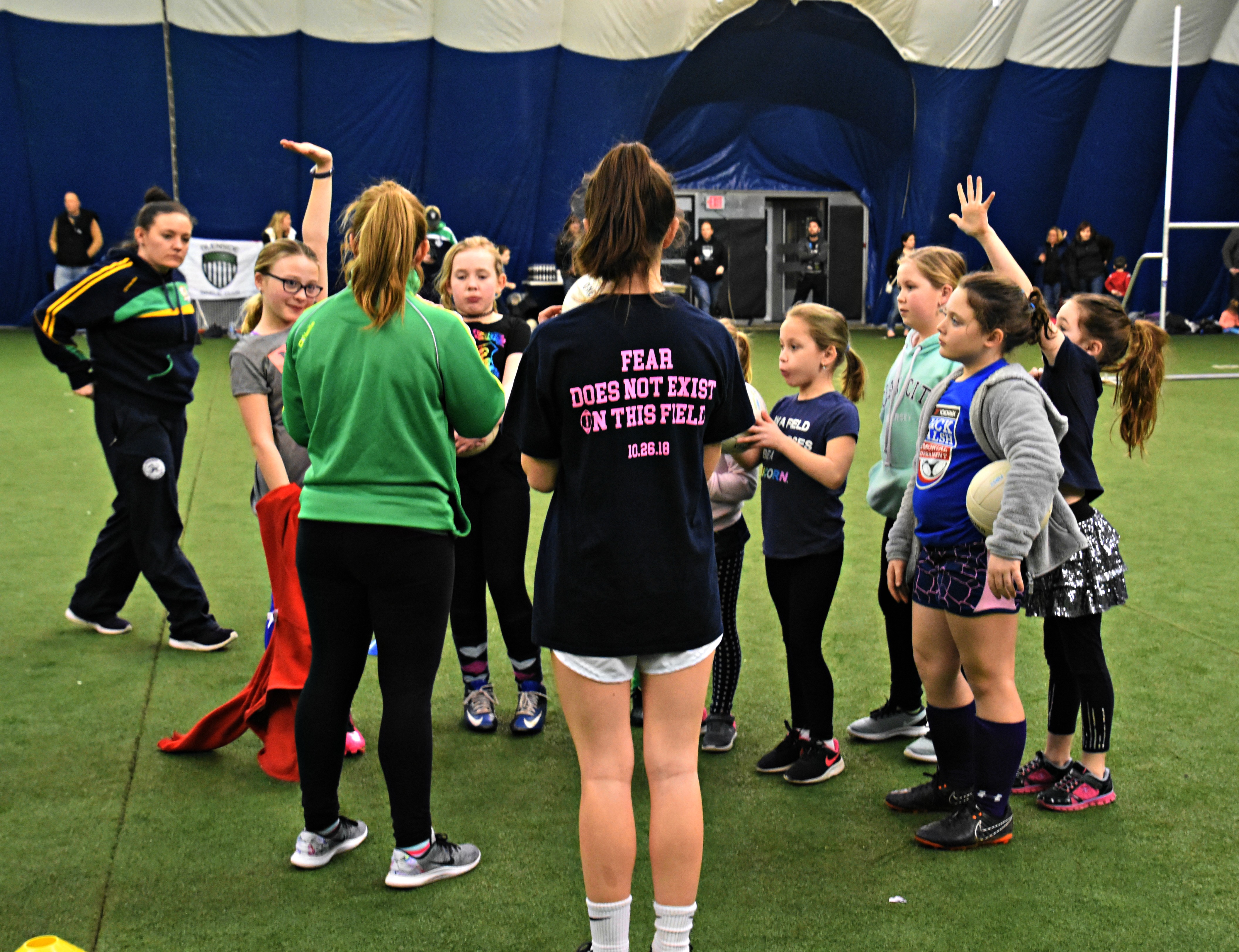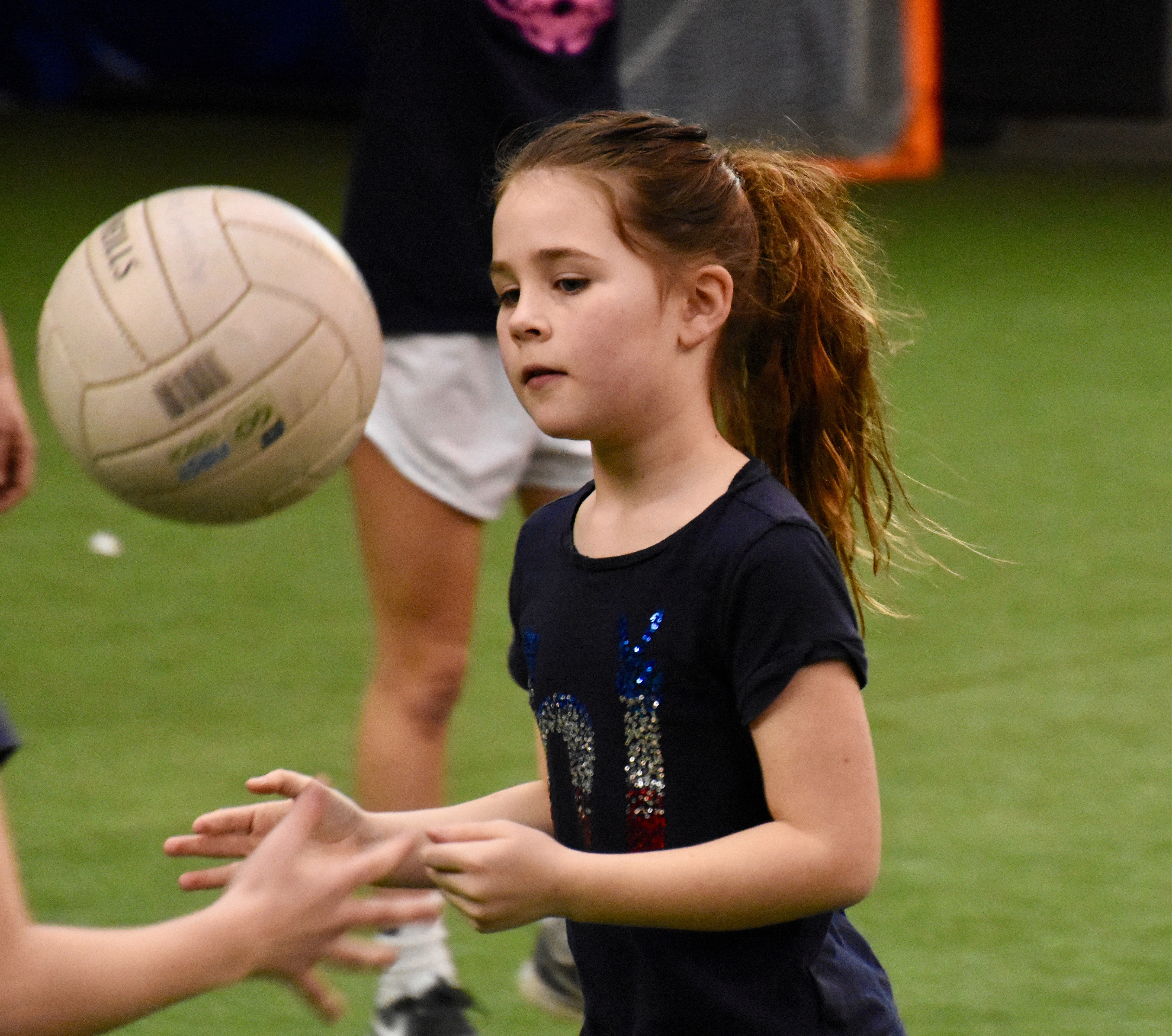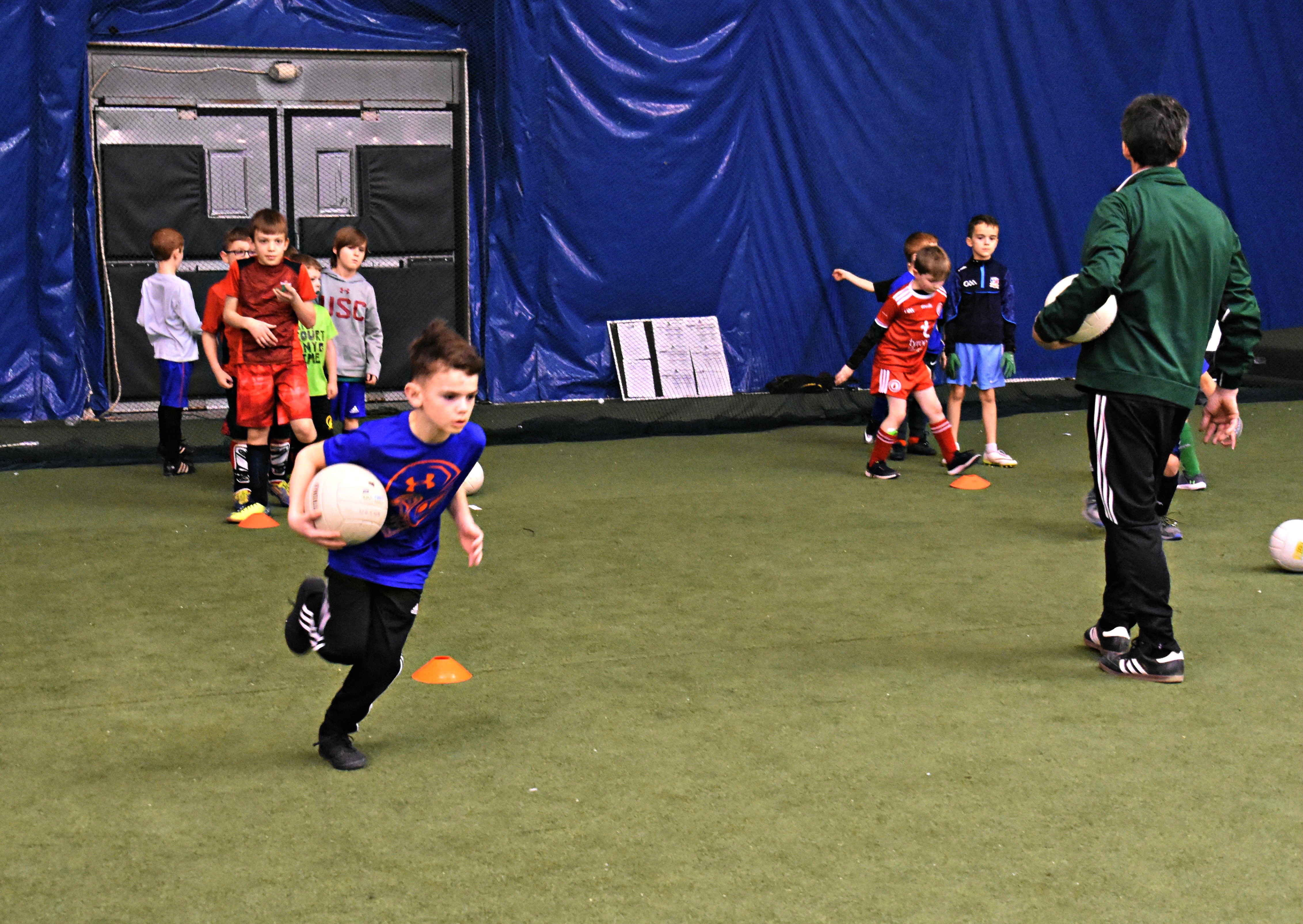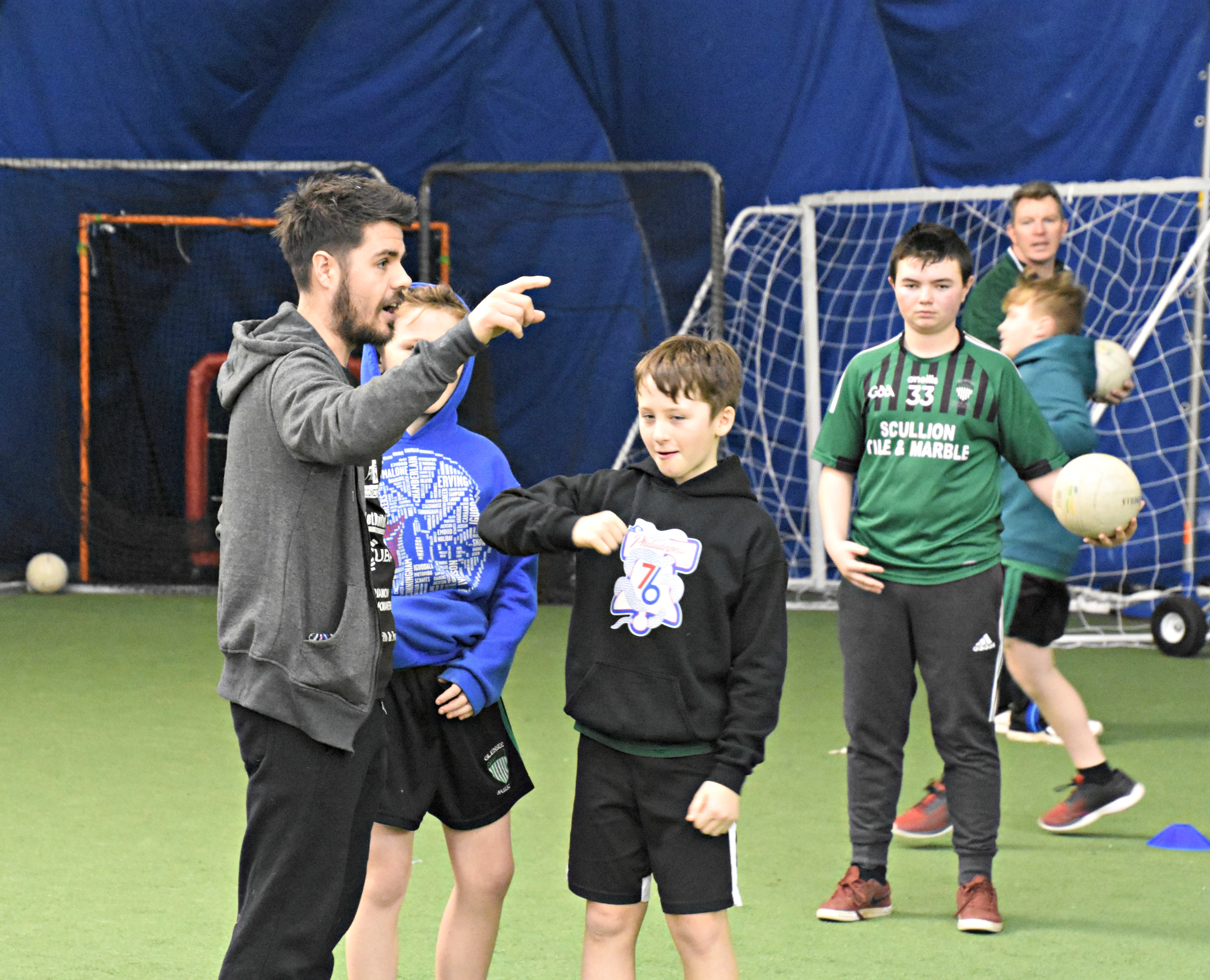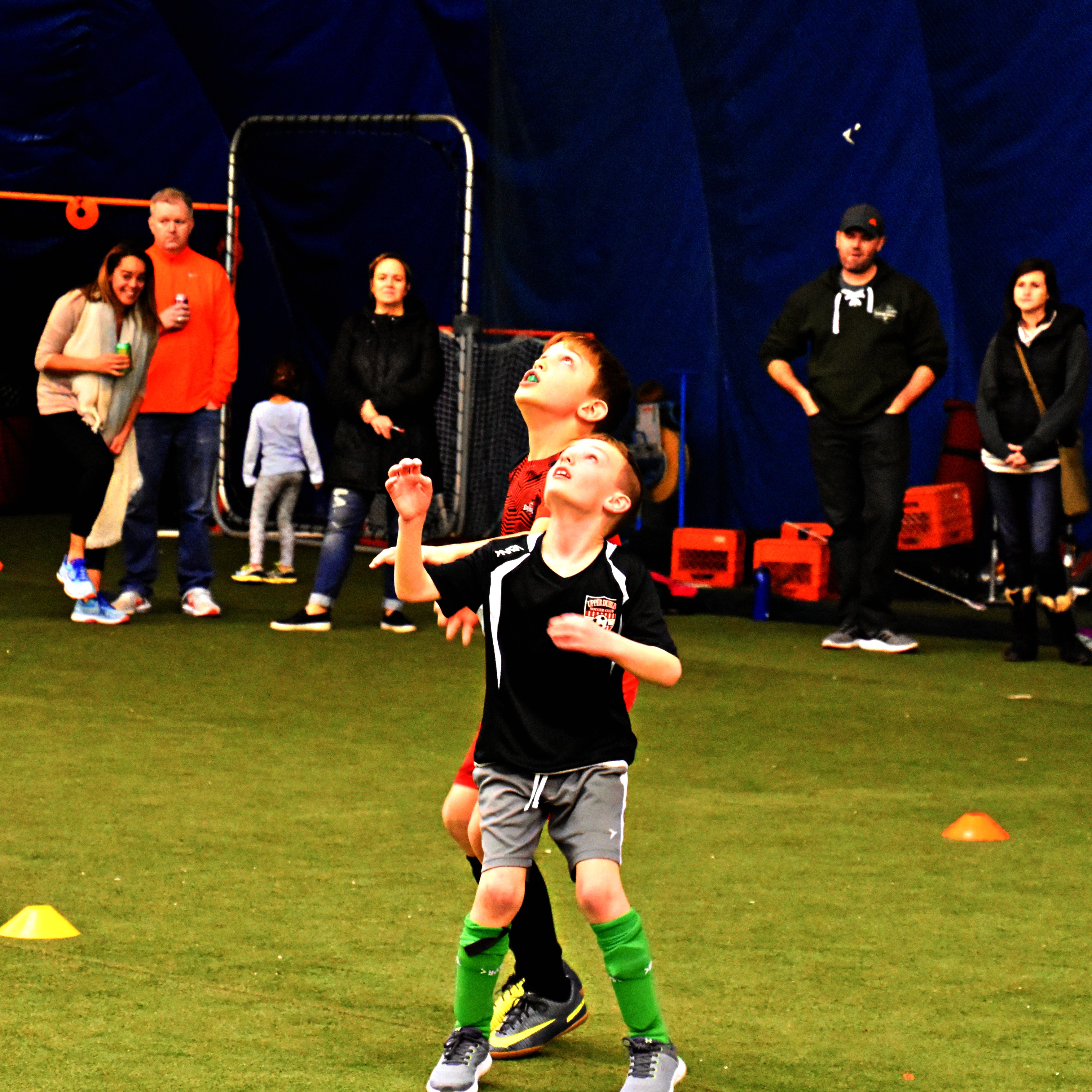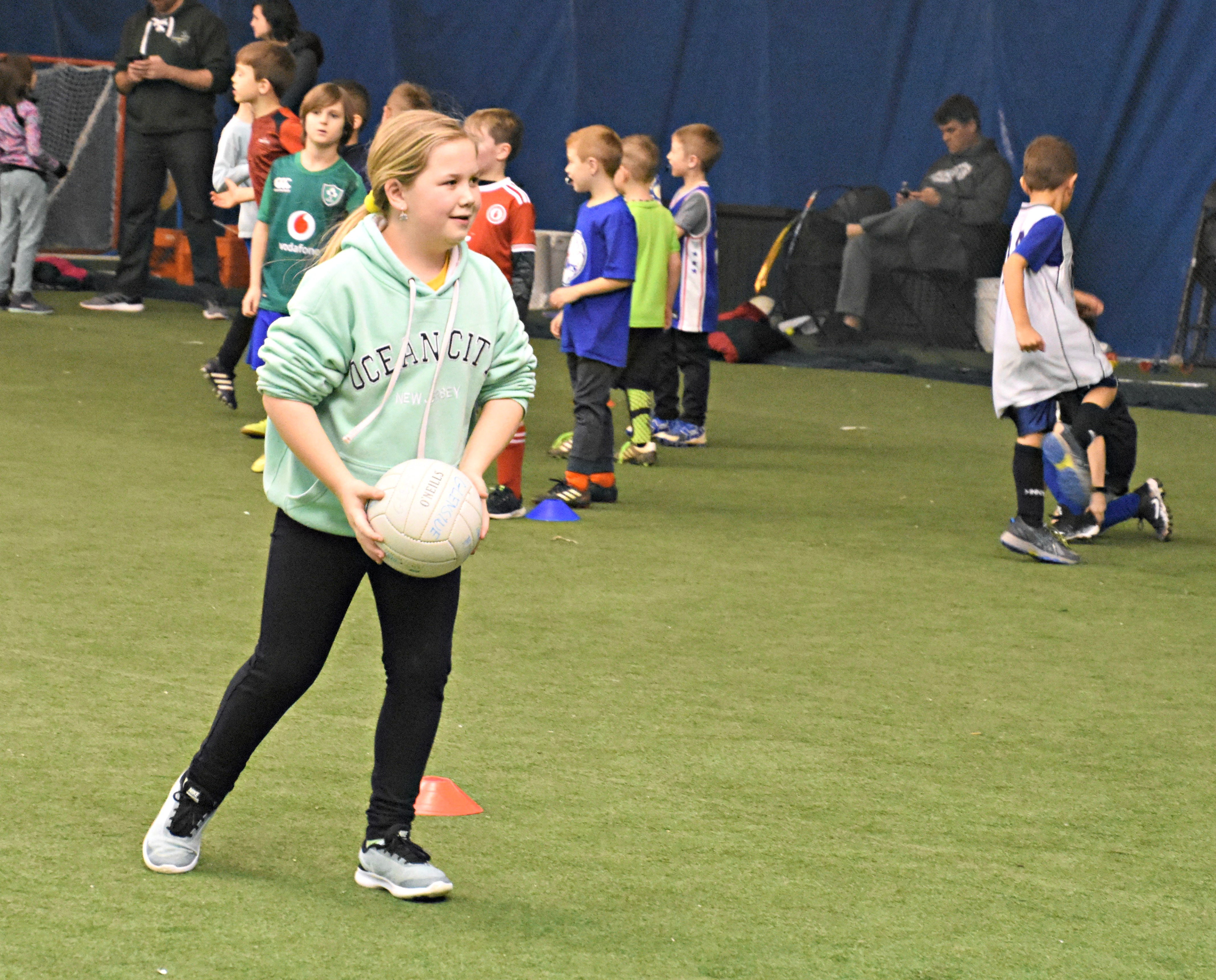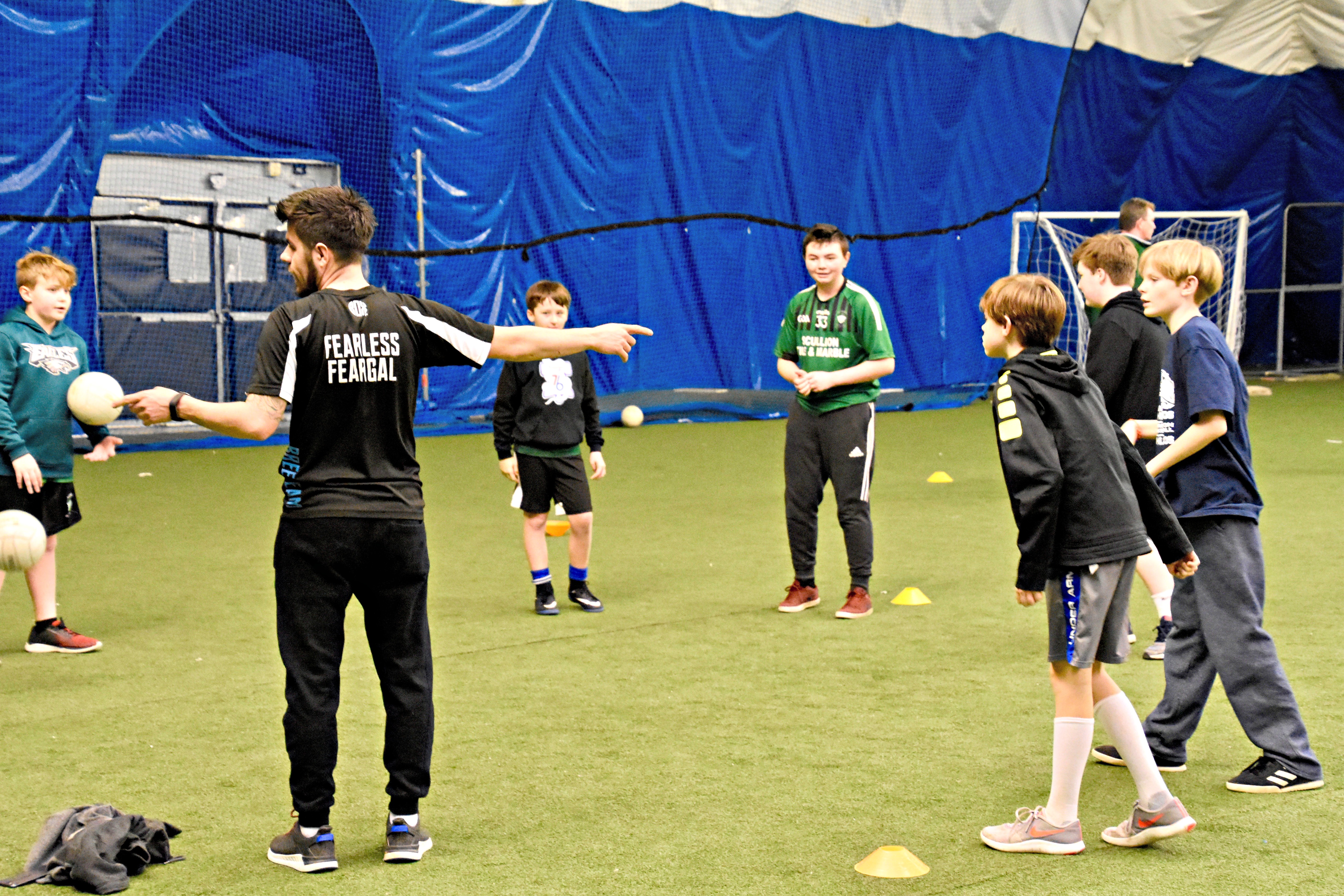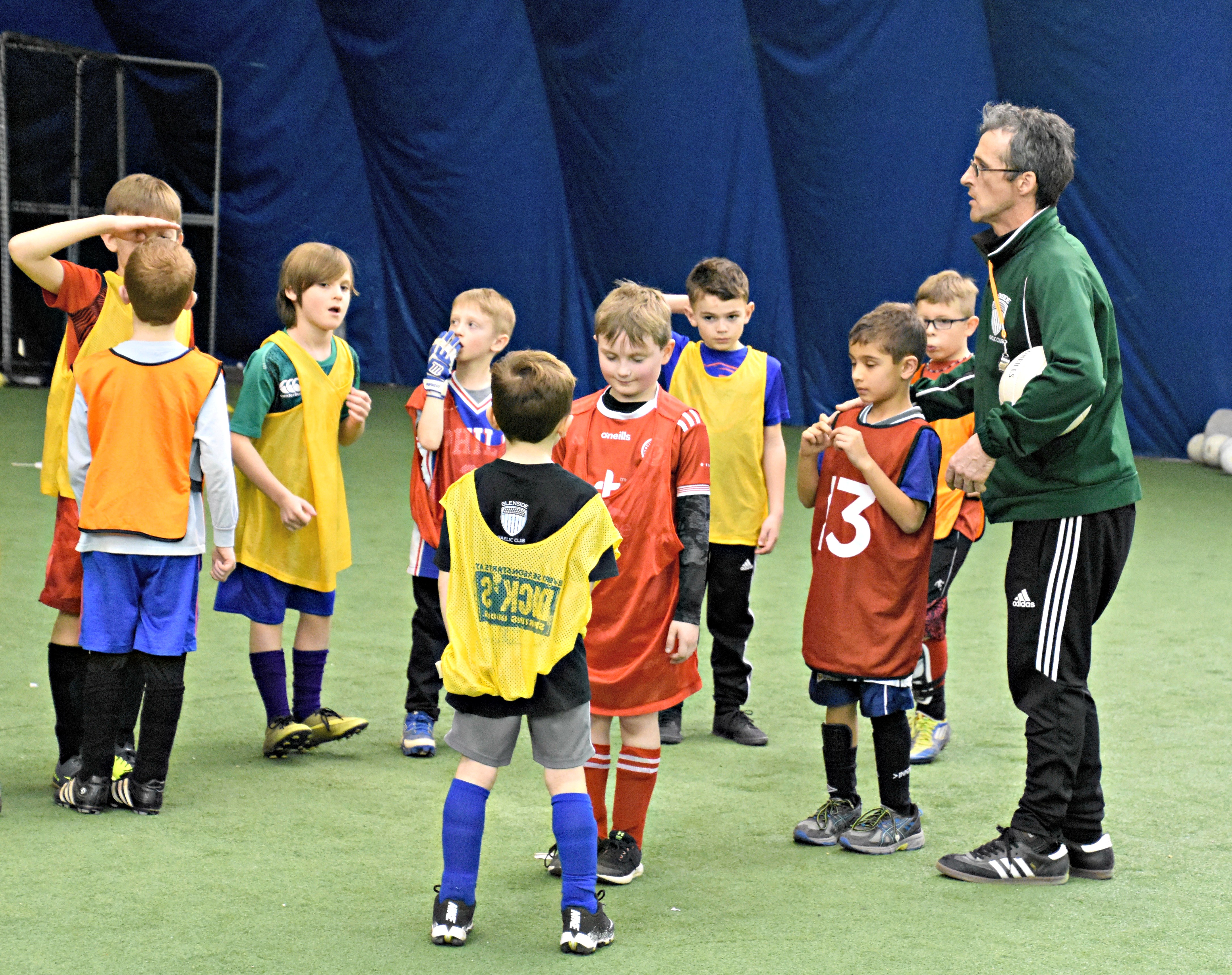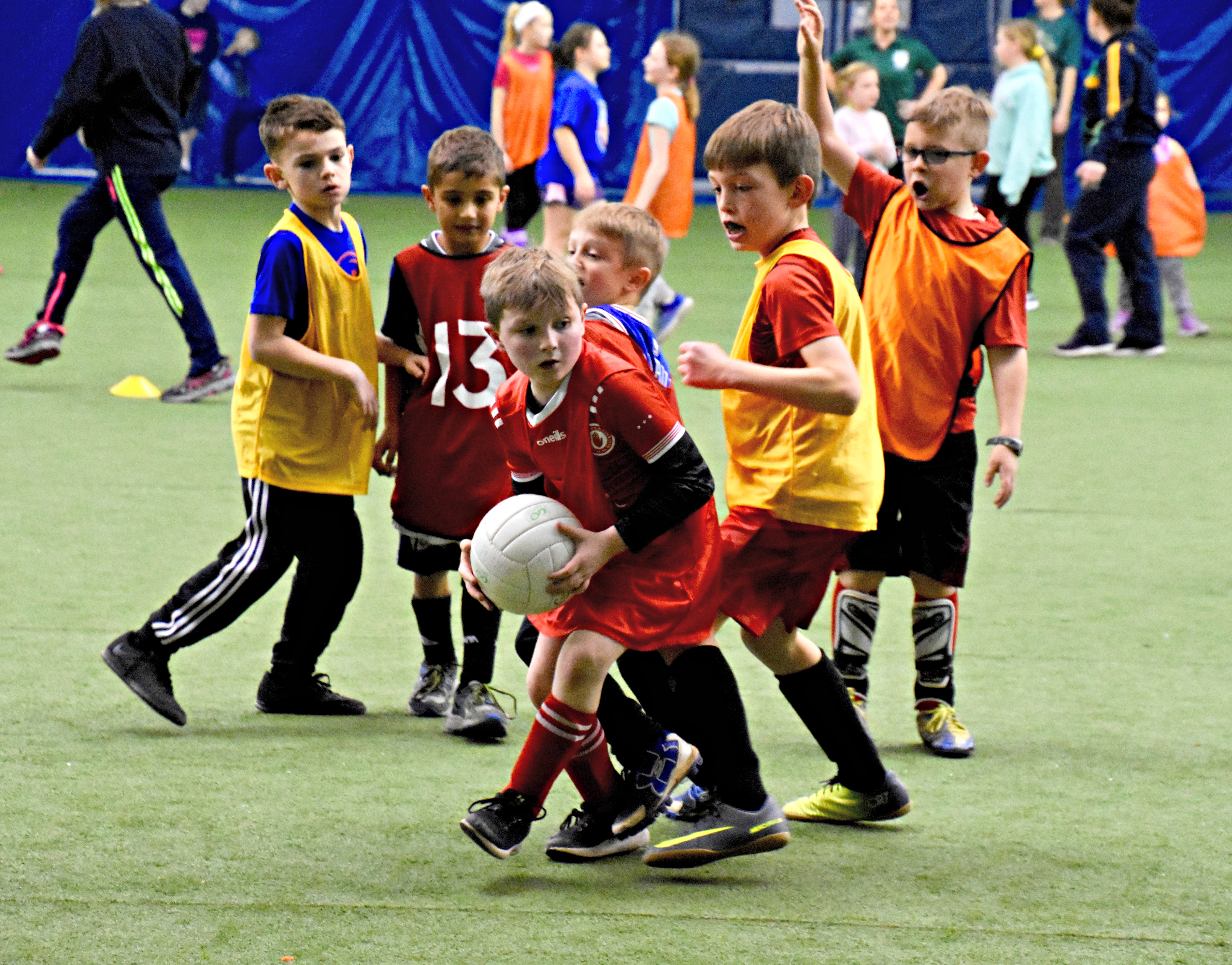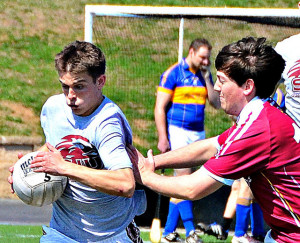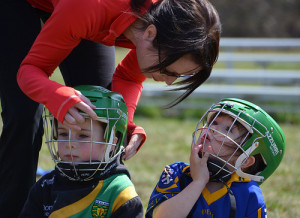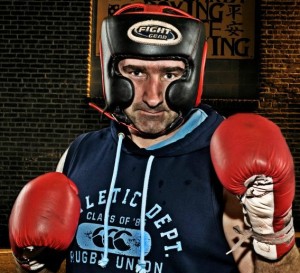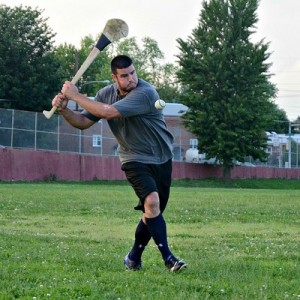
Matthew Quigley belts one.
It’s 7:30, and daylight is already giving way to twilight over the athletic field at Northeast High School. Out on the freshly mown grass, about a dozen sweat-soaked young guys are running, jumping, and batting a ball. They’re trying to get as much practice time in as they can, before it gets so dark that they run the risk of beaning somebody.
Unlike the kids on the adjoining diamond, these mostly 20-something athletes aren’t playing baseball. They’re tthrowing themselves, body and soul, into a sport that is said to have originated over 3,000 years ago–the mad, bruising, distinctly Irish game known as hurling. The team goes by the name of Na Tóraidhe (na TOR-ig), meaning “pursuer” in the old Irish language. The word originated with a band of Irish guerrillas who battled (who else?) the British in the Irish Confederate War in the mid-1600s. The modern-day Philadelphia “pursuers” are sponsored by The Bards.
Over on the sidelines, assistant coach Kieran Donahue, one of only two Irish players on the team alternately shouts words of encouragement or mild exasperation.
“Great strike, Mike, use your hand now!”
“Hold on there a minute!!! Does everybody know where they’re supposed to be???”
“Beautiful, man! Lovely!”
“You gotta concentrate!!! This ain’t that complicated, and we’re (bleep) it up!!!”
Most of the players come to the game with a history of participation in American sports like baseball, football and hockey, says Donahue, and in spite of the occasional correction from the sidelines, he says they’re fast learners. They’ve already competed a bit, and will continue to play teams from other cities, like Washington or Baltimore, throughout the summer.
Some of the faces on the field seem familiar. We’ve seen them before—as members of Philly’s Shamrocks hurling team. Last year, the Shamrocks didn’t have enough manpower to compete much, so the purpose of last season was to rebuild. Somewhere along the line, the name changed.
“The Shamrocks didn’t field a team last year in the North American Championships,” says Donahue. “They did continue on with training, and they also played some travel games. They used last year to recruit as many guys as they could to keep hurling alive in the city. Most are completely new to the game, and we’re in the process of teaching them. We got a lot of new blood, and so we said, ‘Why don’t we re-brand ourselves?'”
With so few native Irish available to keep hurling going in the Delaware Valley, American recruits are indispensible. Says Donahue: “It’s the only way hurling will survive.”
You can help keep hurling alive in Philadelphia. For details, visit the club’s website.
And if you want to see how the game is played, check out our video (above) or watch our big photo essay.

